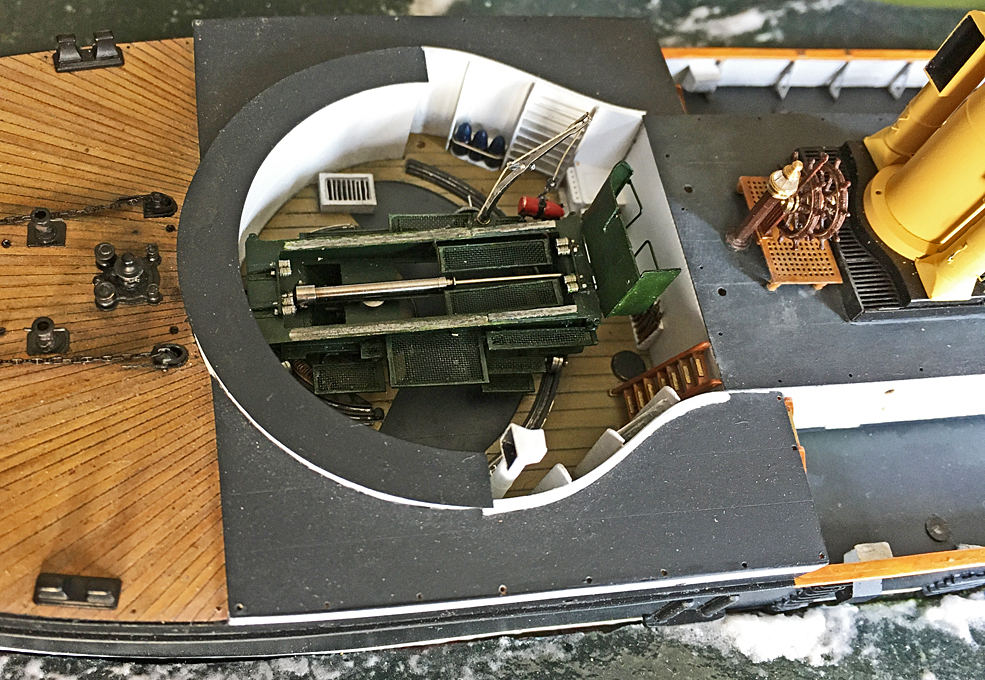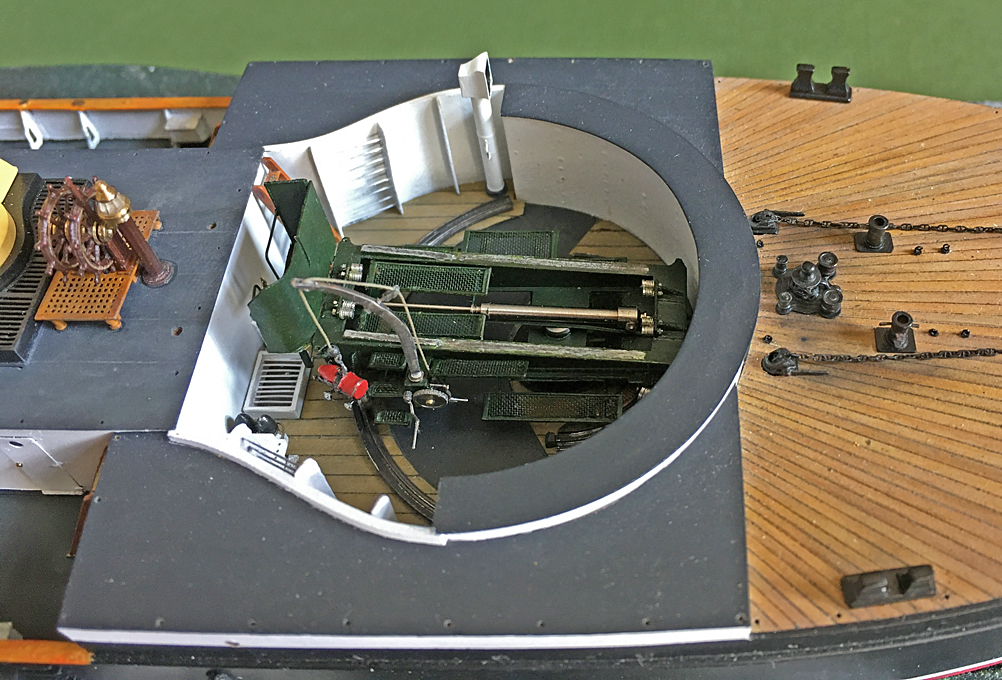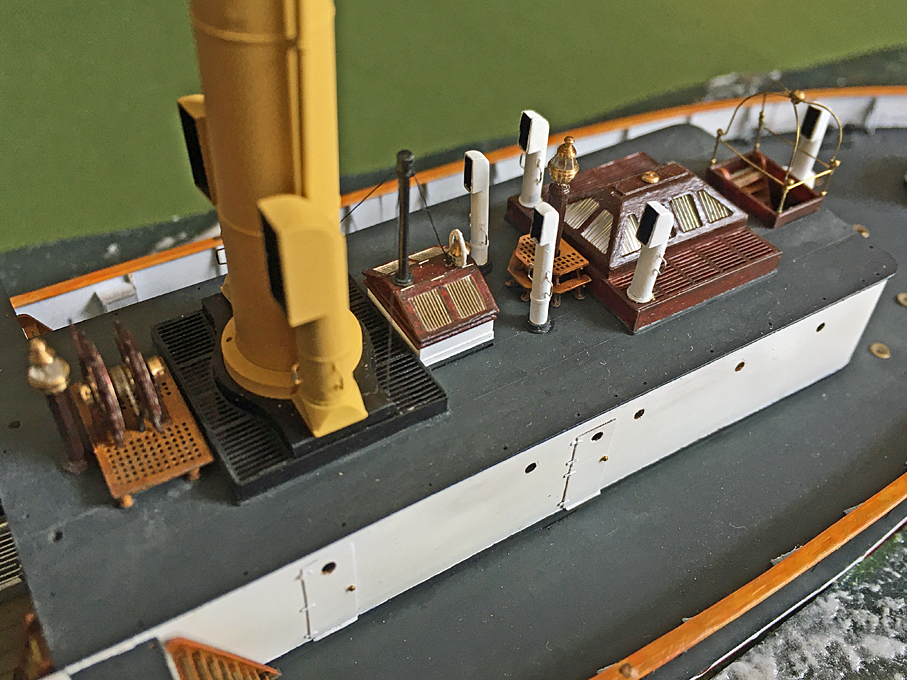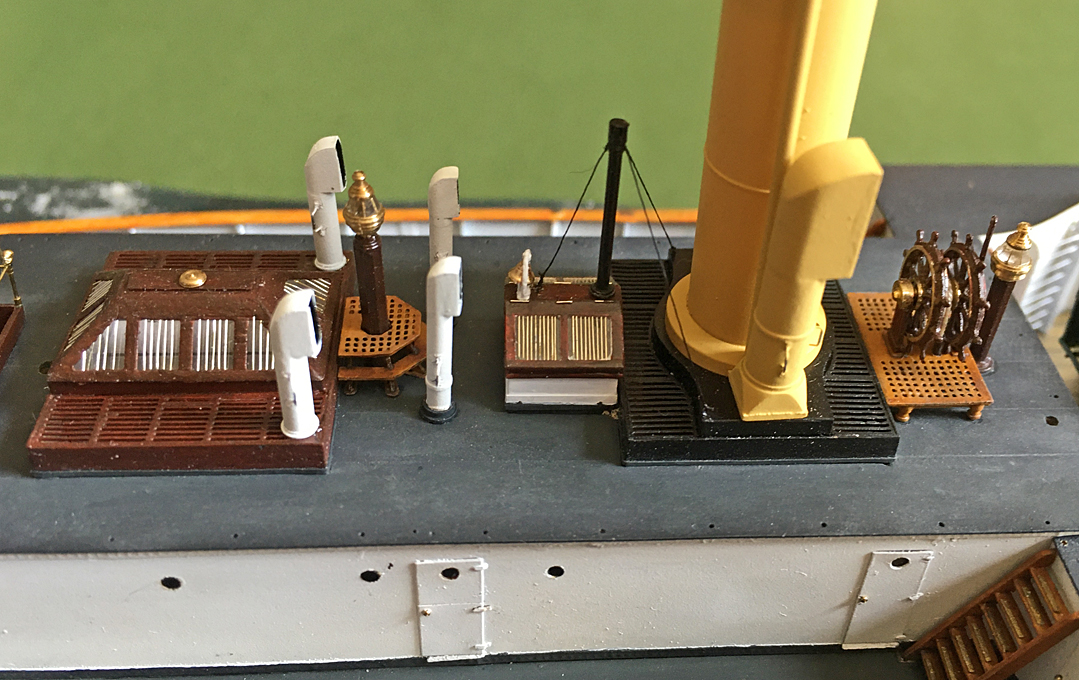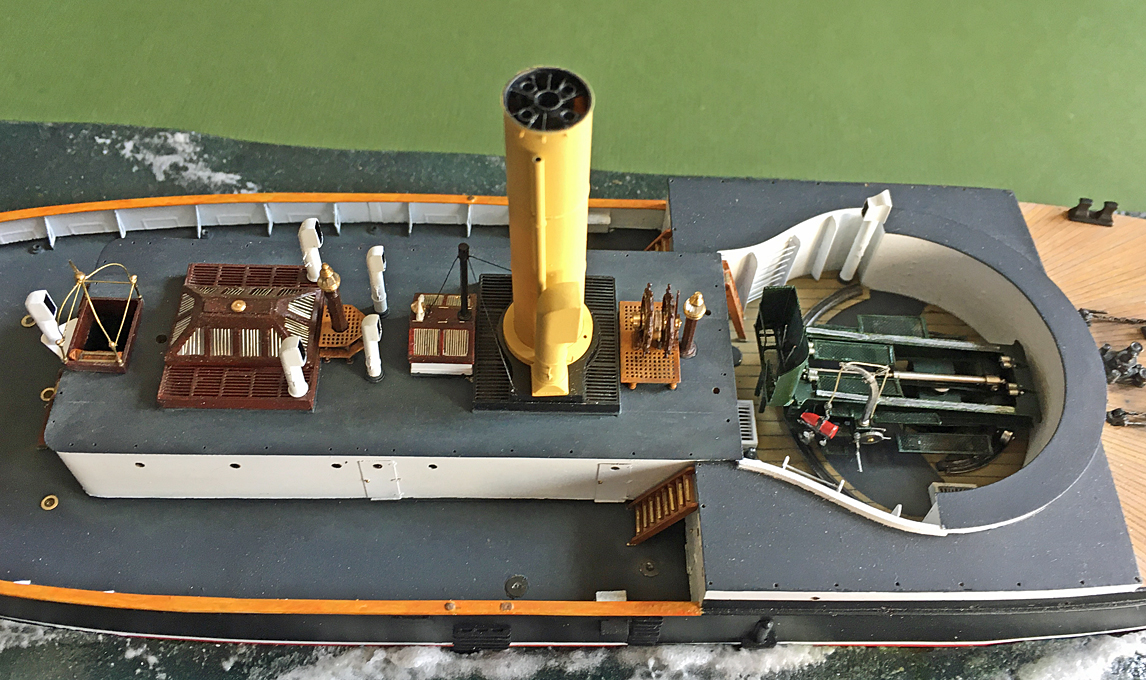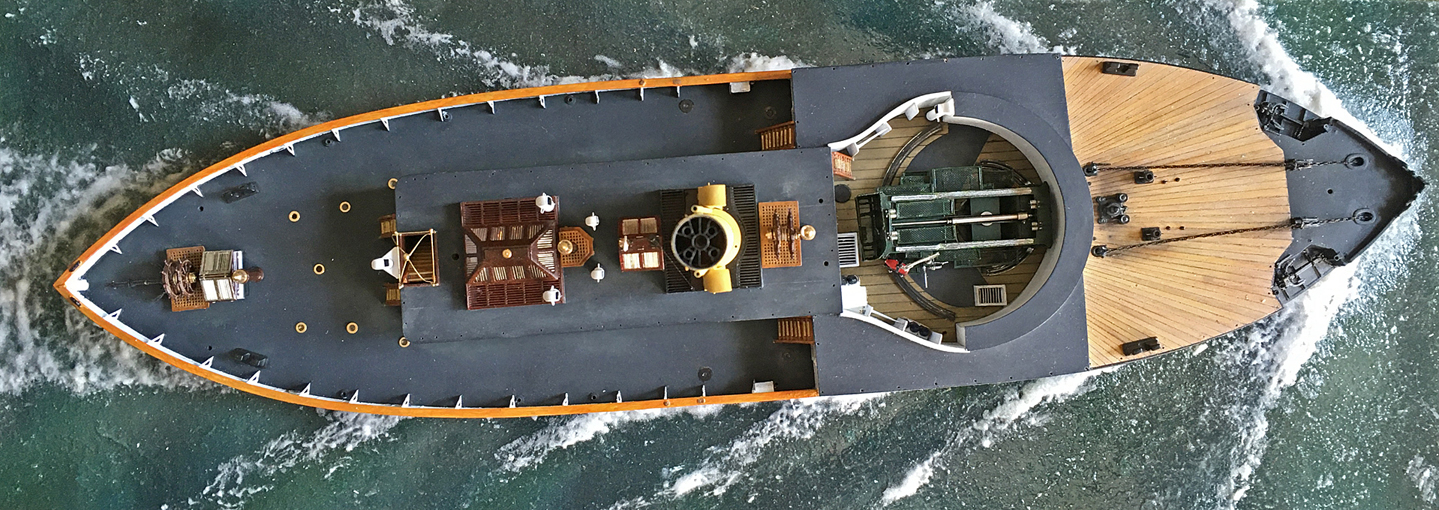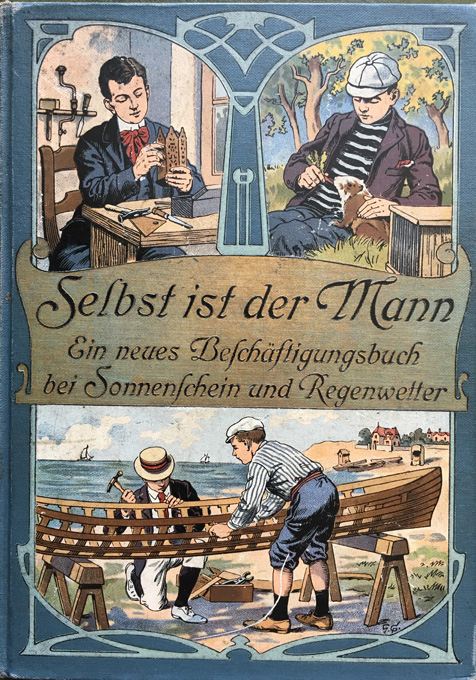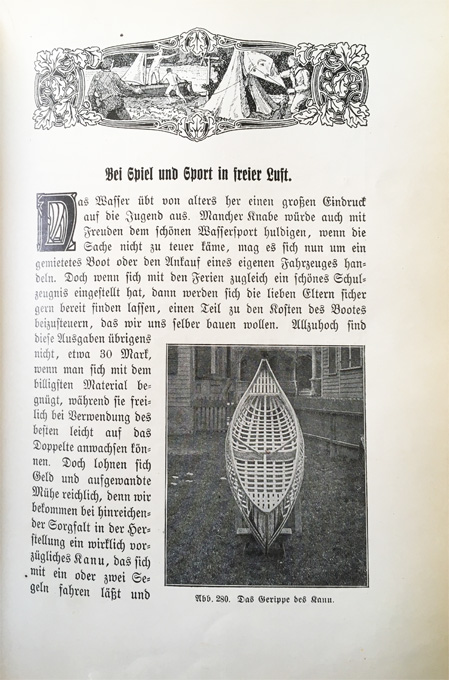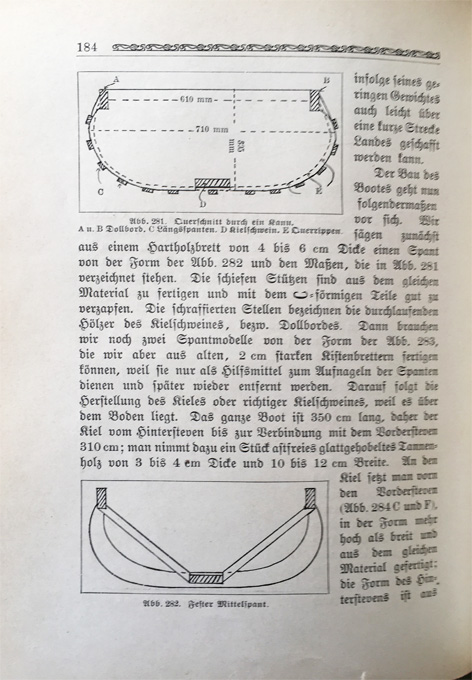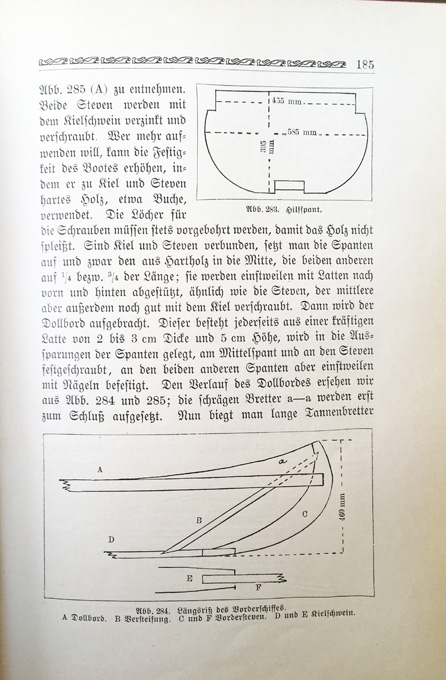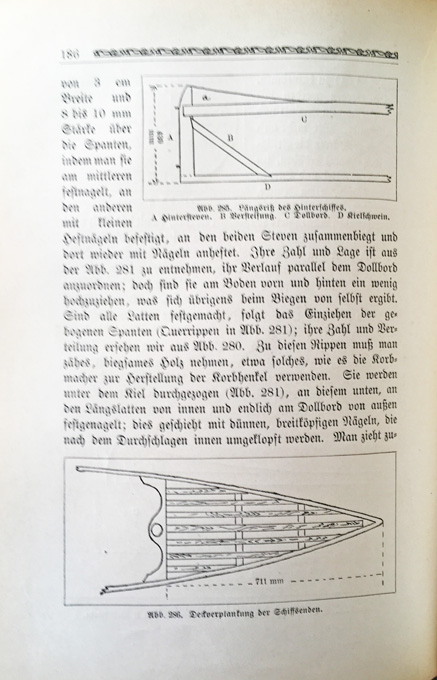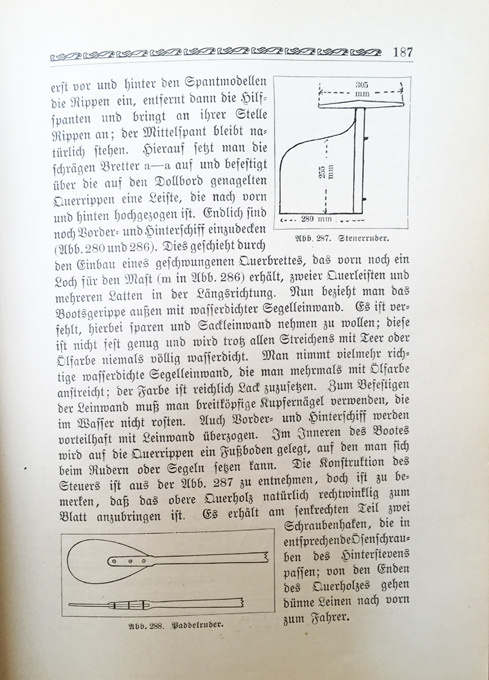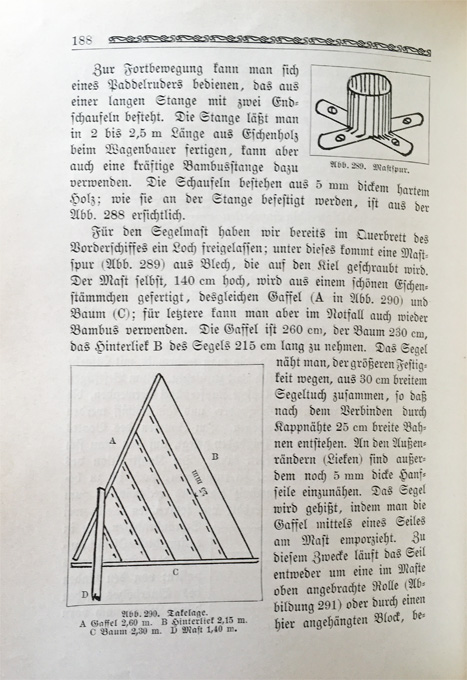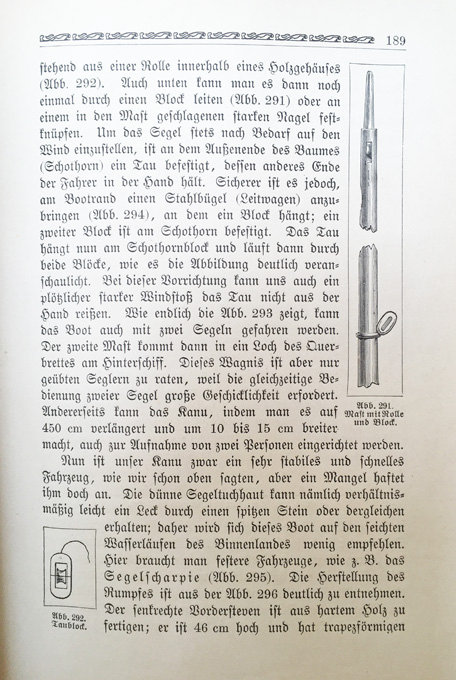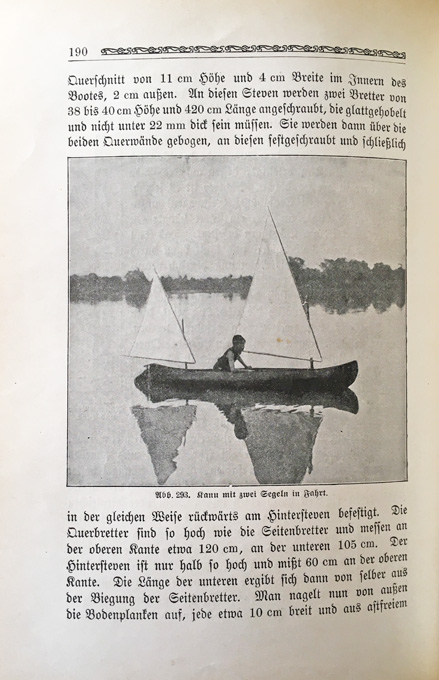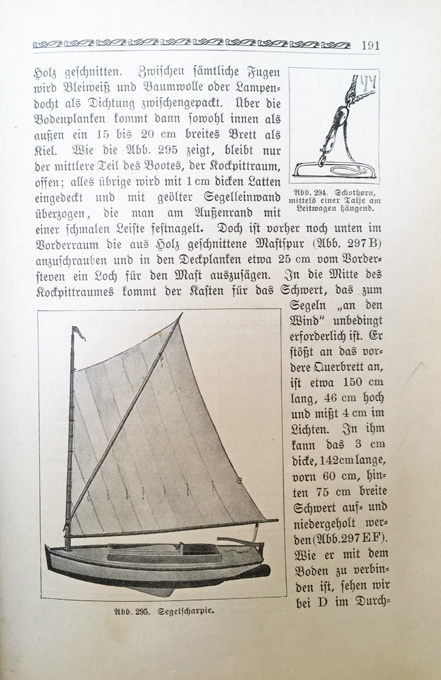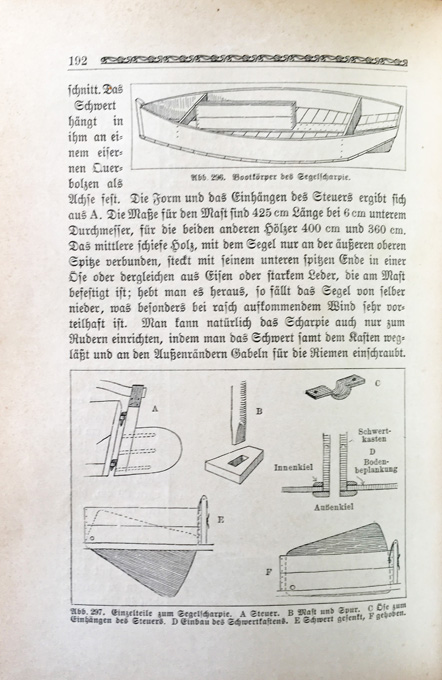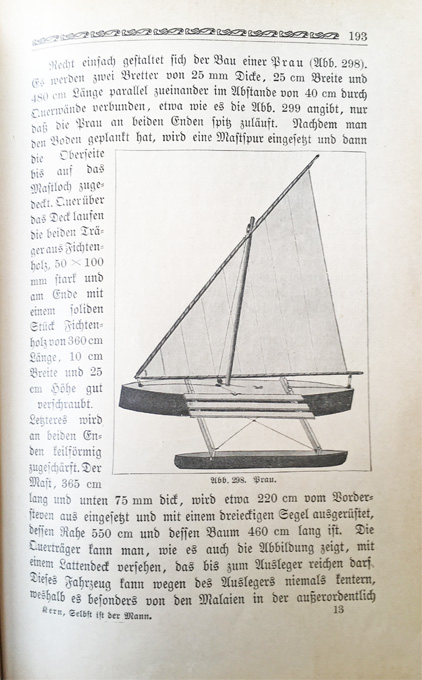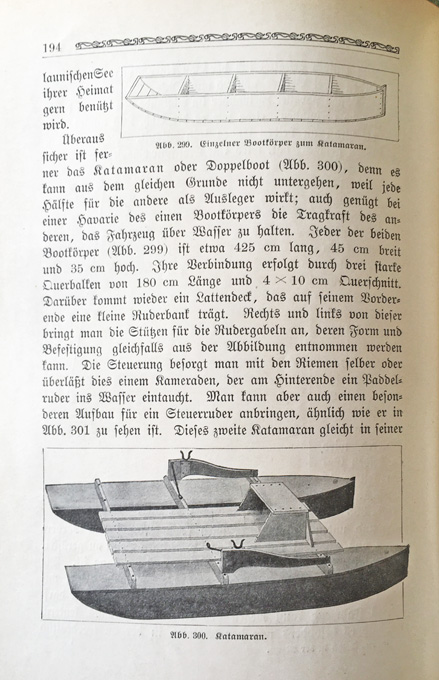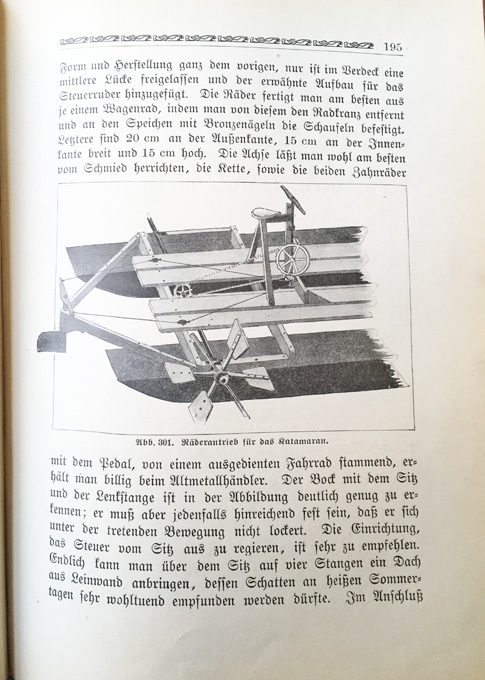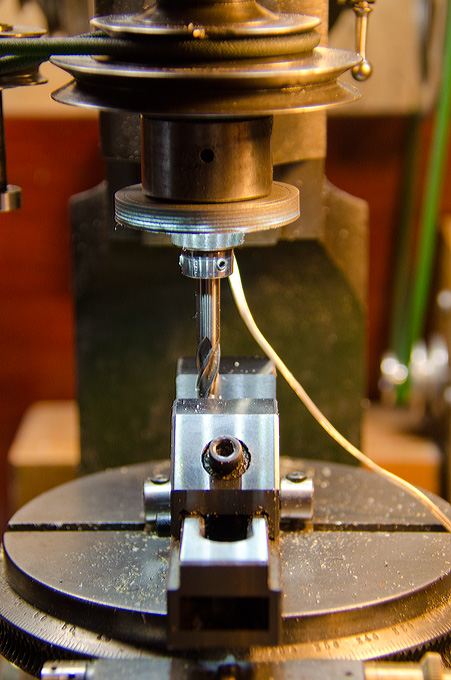-
Posts
6,459 -
Joined
-
Last visited
Content Type
Profiles
Forums
Gallery
Events
Everything posted by wefalck
-
Keith, it seems to have been very common (still) in the 1860s and 70s to have the steering and commanding position(s) rather exposed. It's the same for e.g. the preserved Dutch amoured battleships BUFFLE and SCHORPIOEN (see e.g. http://www.arbeitskreis-historischer-schiffbau.de/mitglieder/ontour/buffel/). Perhaps this has something to do with the fact commando transmission was largely orally and in those years before smoke-less powder it was rather difficult to keep a good overview over the situation. ******************************* Further Assembly Since the last post, turning handles made from 0.1 mm wire shaped in a die on the jeweller press that also flattened the end uniformly were glue onto the various ventilators. This operation was left to the last moment, as these handles are extremely flimsy and easily damaged or broken off. The ventilators now were ready to be spray-painted. There is some uncertainty around the interior colour of the ventilators. The interior appears very dark on the earliest photograph, suggesting that they have been either black or red. On later photographs with the black-white-yellow colour-scheme according the 1878 ordinance in some cases the interior seems to be the same colour as the exterior, namely white or yellow. There is no written evidence of a red interior, so I went for black to keep within the somewhat more sombre colour-scheme of the 1874 ordinance. Given the flimsy nature of all those parts that come on board now, I am working ‘inside-out’, so that I do not need to reach over already installed parts with the risk of breaking or bending something. This requires some strategic thinking. Now the lower carriage of the gun was finally assembled with the platform for the gun-captain, the shell-crane including its hand-cranks, and one training-shell in its wheeled loading-tray. The carriage was glued in place on its pivot. Unfortunately, once installed in the barbette many of the little details that took a lot of time to make are not visible anymore. However, I did make the effort, because there may be certain angles of view, where they may be in part visible at least. Next thing up will be the chain-rail around the deck-house. I think I found a way to simulate the chain, but I am waiting for some speciality wire (0.05 mm Konstantan wire, which is a copper-nickel alloy, which is somewhat tougher than pure copper). To be continued ....
-
Yes, the NEPTUNIA-article also talks about perissoirs, which were, as the name indicates, quite perilous craft. The Musée de la Batellerie (Inland Shipping Museum) in Conflans-St. Honorine (near Paris) has several specimen, one of which was home-built. I have taken some rough and ready images of the relevant pages in the book mentioned above:
- 31 replies
-
- Sailing Canoe
- Finished
-
(and 1 more)
Tagged with:
-
Sorry, my post duplicates some of the above, because it was written at the same time ... The book's bibliographic reference is: Kern, M. (1915): Selbst ist der Mann - Ein neues Beschäftigungsbuch bei Sonnenschein.- 291 p., Stuttgart/Berlin/Leipzig (Union Deutsche Verlagsgesellschaft). Incidentally, that's the same publisher as for your book. The canvas-canoe described in the book is not a folding one, but looks like an Indian bark-canoe. I should scan the respective pages from the book and put them up here ... Folbot didn'r ring a bell, but seems to be a sort of brand in the US according to what I saw on the Internet. The name seems to be corruption from the German term 'Faltboot', which means folding boat. On Wikipedia, there is a bit of history of it: https://en.wikipedia.org/wiki/Folding_kayak. Essentially, it is a light wooden frame with metal fastenings over which a canvas cover is stretched. The canvas is rubberised below the waterline and made water repellent above it. The most known German manufacturer was Klepper and hence they were also known as 'Klepper-Boote'. They were made as one- and two-seaters. A school-friend of mine had one and if I remember correctly it stowed in three backpack-size bags. In this way it could be be transported easily as luggage on the railway. I think they made also a two-wheeled carriage that served for both, carrying the bags and the set-up boat for launching. It then could be strapped to the 'deck', as these kajaks were meant for river-hiking. There was also a rig available with a small fore-sail and a boom-less gaff-sail with a very steep gaff. Leeway was controlled by a couple of metal lee-boards suspended from a kind of bridge across the coaming. In addition, a one-cyclinder 1.5 hp side-board engine (manufactured by a company called König) was available, that was mounted to a wooden plate that screwed to the coaming near the rear seat. Steering was by a two-part rudder with a lowering blade. It was controlled by two wire-ropes leading to foot-pedals at the rear seat. We once took my friends Klepper to Lake Constance and improvised a sailing rig. It wasn't a long trip though, as we soon capsized, but luckily close to the lake shore. Around the turn of the 19th to the 20th century a bit of a canoe/kajak craze seems to have been developed following the publishing of John MacGregor book "A Thousand Miles in a Rob Roy Canoe on Rivers and Lakes of Europe in 1866 and further accounts of his travels. There is a forthcoming article in NEPTUNIA on a recently discovered original Rob Roy canoe that belonged to Emperor Napoleon III's son and later in the year there will be a further article in NEPTUNIA by your's truly on boating on the river Seine, that also discusses kajaking in the late 19th century (for French speakers that is) ...
- 31 replies
-
- Sailing Canoe
- Finished
-
(and 1 more)
Tagged with:
-
I am also only aware of the wire draw-plates for jewellers. As the cutting angle during 'shaving' is zero, this would require quite a bit of force to pull/push the wood through, as you cannot easily do this in steps, as you would do for round material. Also, getting it straight might be a challenge, plus the stability of the wood. I gather a shooting-board and planing or sanding might be a better option, unless you want/can somehow machine them.
-
I gather this is coloured Bristol board, in Germany we call this also 'photo-board' or '-paper', depending on the thickness. In France it may run under the name 'Canson-paper', after one of the traditional manufacturers. In the early years of the 20th century there seem to have been quite a few instruction books in Germany on DIY boatbuilding. I have got a DIY-book in a nice Art Noveau binding, given by his best friend to my grandfather in 1915 and then passed on to me by him in 1966 that contains instructions for canoe with painted canvas covering over a wooden frame, a sailing sharpie, a sailing outrigger boat and a 'pedalo', i.e. a dubble hull boat with a paddle-wheel in the middle that is driven from an old bicycle frame. Unfortunately, I never had the resources or the space to build any of these ...
- 31 replies
-
- Sailing Canoe
- Finished
-
(and 1 more)
Tagged with:
-
Some years ago, I built myself a ring-light for my mill using what is called an 'angel's eye' from automotive supply (through ebay): A detailed description can be found here: https://www.maritima-et-mechanika.org/tools/attachments/attachments.html#Ring-light It attaches via a Nd-magnet, but I am not sure this would work with the Sherline mill, as its body is made from aluminium.
-
The engine-box would be a hot-seat (in spite of the water-cooling) on a warm day. I suppose you will leave the cover open for the final display?
-
Talking about cool, how was the engine actually cooled? Did the cylinders have a water-jacket? In this case you will also need a water-pump ...
-
These are not winding drums on those spills. I gather they have been made that thick to keep them stiff. The runner for the loading tackle would be taken around one of the spill-heads on either side and controlled by the winch-man, while a couple of chaps would work on the cranks. The runner would be taken through gin-blocks to direct it straight onto the spill-head. Unless a loading-boom was rigged, they would use the old time arrangement of the boat-tackle, with one tackle going up to each of the mast-tops and a second set rigged to the ends of the courses. The runnder of the loading-tackle would lift the load, while the other four tackles would control its position. However, this would be a long and labourious procedure and depending on the situation of the loading/unloading port, the cargo would be brought to the deck by other means and the winch only used to lower it down into the hold. Depending on the size and form of the cargo, labourers/stevedores/coulis would carry on board across gangway planks or it would be let sliding down chutes for instance. Some ports also had steam-crances, of course, but they are not so convenient to use on sailing ships. Some of the running rigging would need to be unrigged to allow access to the hatches.
-
Beautiful indeed! I think I have seen these quite strange seating pads before on photographs and wondered, how comfortable they actually were - afterall our bottoms have two bulges and a depression in the middle, while the seats have a depression in the middle and raised edges all around ...
-
Looking at the anchor pump-spill above, the levers appear to be rather short - the men would need to lean over the spill and would not have a lot of fulcrum. I think the handles should be outside of the spill-heads so that the men can stand clear of them - or do you have images that show the handles to be so short?
- 180 replies
-
- pilot boat
- Elbe 5
-
(and 3 more)
Tagged with:
-
Enamel over acrylic in general is ok, as it follows the rule 'fat over lean' (making reference to oil- or other hydrophobic content), but the acrylics have to be thoroughly cured, as it may take weeks for any residual water to diffuse out. Another potential issue is that the solvent in the enamel paint may attack the acrylic paint. It is always wise to do some tests. However, this begs the question, why you want to use enamel paints for weathering, while this can be done perfectly well with acrylic washes, even without buying any special 'weathering' sets, if you have a basic set of colours already. Personally, I prefer paints readily diluted for air-brushing that can be applied easily as washes with more or less water. Another option are basic pastels, white, black, grey, and a reddish brown and/or burnt umbre.
-
It's probably not very nice to point people to other fora, but this topic is more extensively discussed here: http://www.shipmodels.info/mws_forum/ You can get silver wire down to 0.007 mm diameter, copper down to 0.05 mm and molybedenum (difficult to cut) down to 0.01 mm. Some people also advocate stretched styrene sprue ...
-

Painting the hull
wefalck replied to Steve47's topic in Building, Framing, Planking and plating a ships hull and deck
BTW, GORCH FOCK has a steel-plated hull, having been built in 1958 ... -
And there are many 'false' friends in Spanish - you think you know what it means, because in Italian, English, French and German a word with Latin roots has one and the same meaning, but in Spanish strangely enough, it may have a rather different meaning ...
-
Nils, what I meant is that the stern-post may sit vertically on the keel - like on the schooner, rather than running in a curve into the keel. The end would be still pointed, but the stern-post more or less vertical. This a possibility, one would need to verify this against images. I think there are paintings and photographs of the Elbe-pilotboats that show the rowing-boats in the davits.
- 180 replies
-
- pilot boat
- Elbe 5
-
(and 3 more)
Tagged with:
-
I think you will have to cut away the foil from the stem-/stern-post ... normally the planks would fit into a rabbet there. Are you sure that stem and stern were really symmetrical? Typically, in double-ended boats the dead-wood under the stem is cut away somewhat, while the stern-post sits more or less vertical on the keel. This allows to have the fingers for the rudder deeper down and also adds to the directional stability while rowing. On surfboats the stern-post dead-wood may be cut away, but not on these pilot-transfer boats - they often had to be rowed back to the pilot-schooner by one man only, when directional stability is even more important.
- 180 replies
-
- pilot boat
- Elbe 5
-
(and 3 more)
Tagged with:
-

Planking glues
wefalck replied to ChiefCarr's topic in Building, Framing, Planking and plating a ships hull and deck
Just thinking: as it is RubberCement®, you migh be able to peel off the 'planks' one by one, clean the area (not sure what solvent works on the stuff) and place the plank back with PVA glue ... in this way, you keep the nice layout and if you break a plank, you can use the bits as template to make a new plank to fit nicely into the gap. -
Valeriy, what I meant is how did you turn the brass parts silver, by chemically tinning them for example?
-
Have a look at fly-tying threads. The thinnest is 16/0 two-ply from e.g. Veevus, which is available in various colours. From this you can make a proper 'rope' using a ropewalk, which would be about 0.1 mm in diameter. Personally, I like to give all standing gear a light final wash in diluted acrylic burnt umber paint. During rigging I secure any splices and knots with a solvent-based varnish so that I can undo things, if needed.
About us
Modelshipworld - Advancing Ship Modeling through Research
SSL Secured
Your security is important for us so this Website is SSL-Secured
NRG Mailing Address
Nautical Research Guild
237 South Lincoln Street
Westmont IL, 60559-1917
Model Ship World ® and the MSW logo are Registered Trademarks, and belong to the Nautical Research Guild (United States Patent and Trademark Office: No. 6,929,264 & No. 6,929,274, registered Dec. 20, 2022)
Helpful Links
About the NRG
If you enjoy building ship models that are historically accurate as well as beautiful, then The Nautical Research Guild (NRG) is just right for you.
The Guild is a non-profit educational organization whose mission is to “Advance Ship Modeling Through Research”. We provide support to our members in their efforts to raise the quality of their model ships.
The Nautical Research Guild has published our world-renowned quarterly magazine, The Nautical Research Journal, since 1955. The pages of the Journal are full of articles by accomplished ship modelers who show you how they create those exquisite details on their models, and by maritime historians who show you the correct details to build. The Journal is available in both print and digital editions. Go to the NRG web site (www.thenrg.org) to download a complimentary digital copy of the Journal. The NRG also publishes plan sets, books and compilations of back issues of the Journal and the former Ships in Scale and Model Ship Builder magazines.


